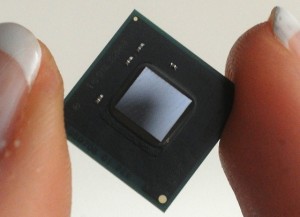

It’s true the company has yet to release any pricing information, but that's okay. After all, with the expectations from Quark to provide a budget-friendly alternative for smart wearables, and with the smart device market growing exponentially and constantly, we could sure go for a very affordable piece of machinery. Other applications for use of Quark could extend as far as identification chips, skin patches, and even ingested medical devices for scientific research or medical data.



 Laptop & Tablet Parts
Laptop & Tablet Parts




















